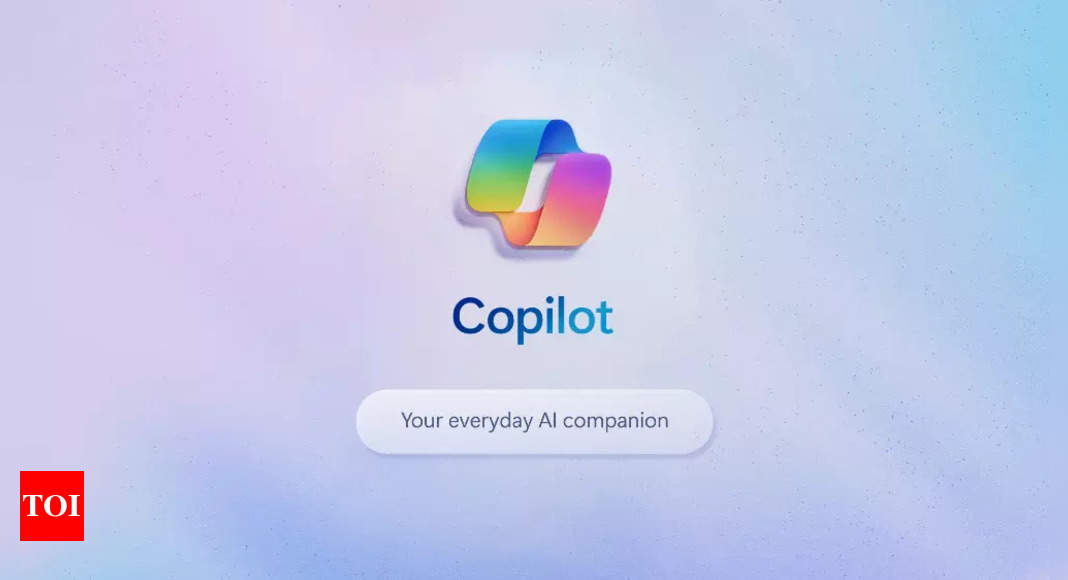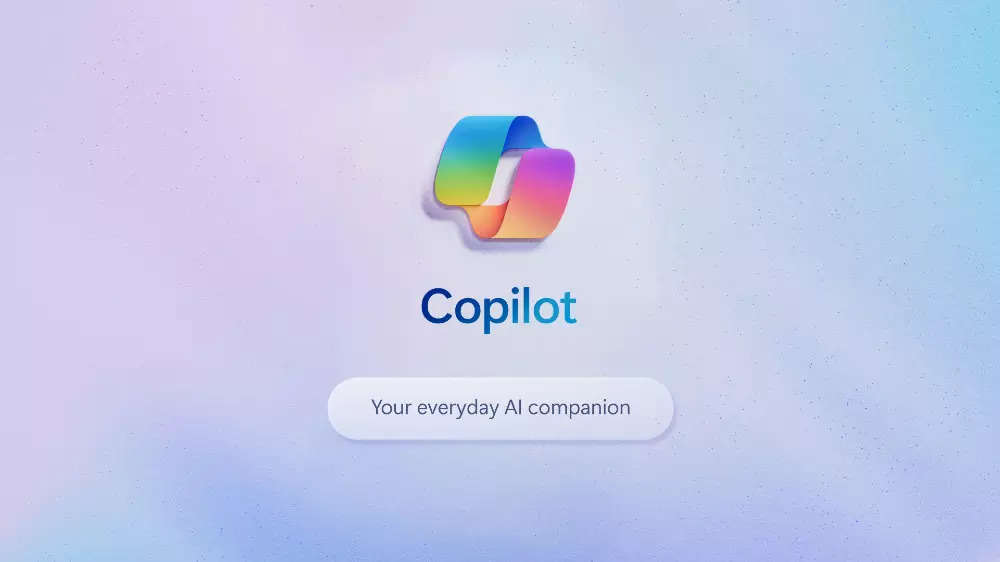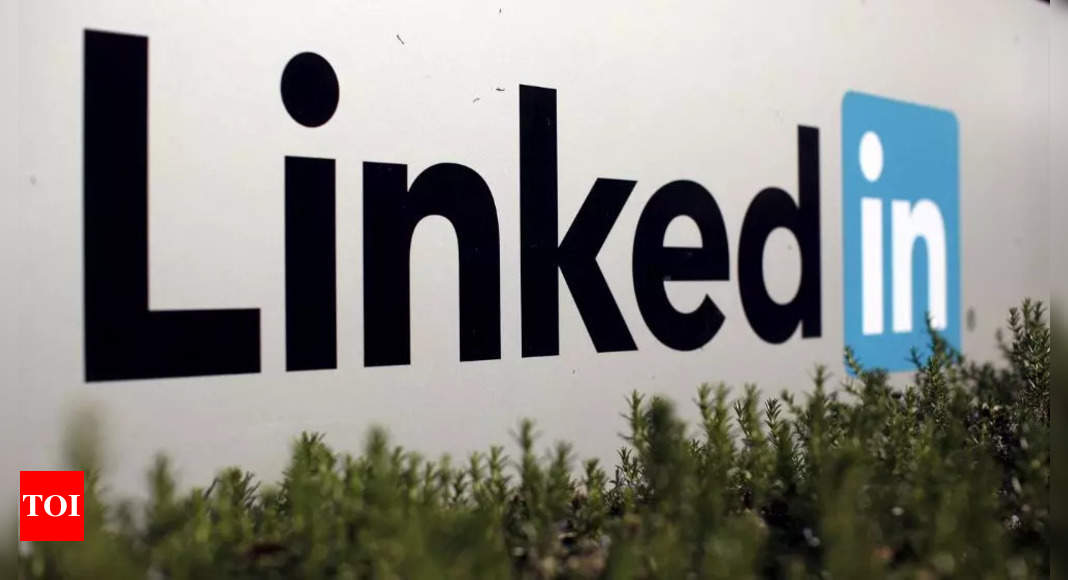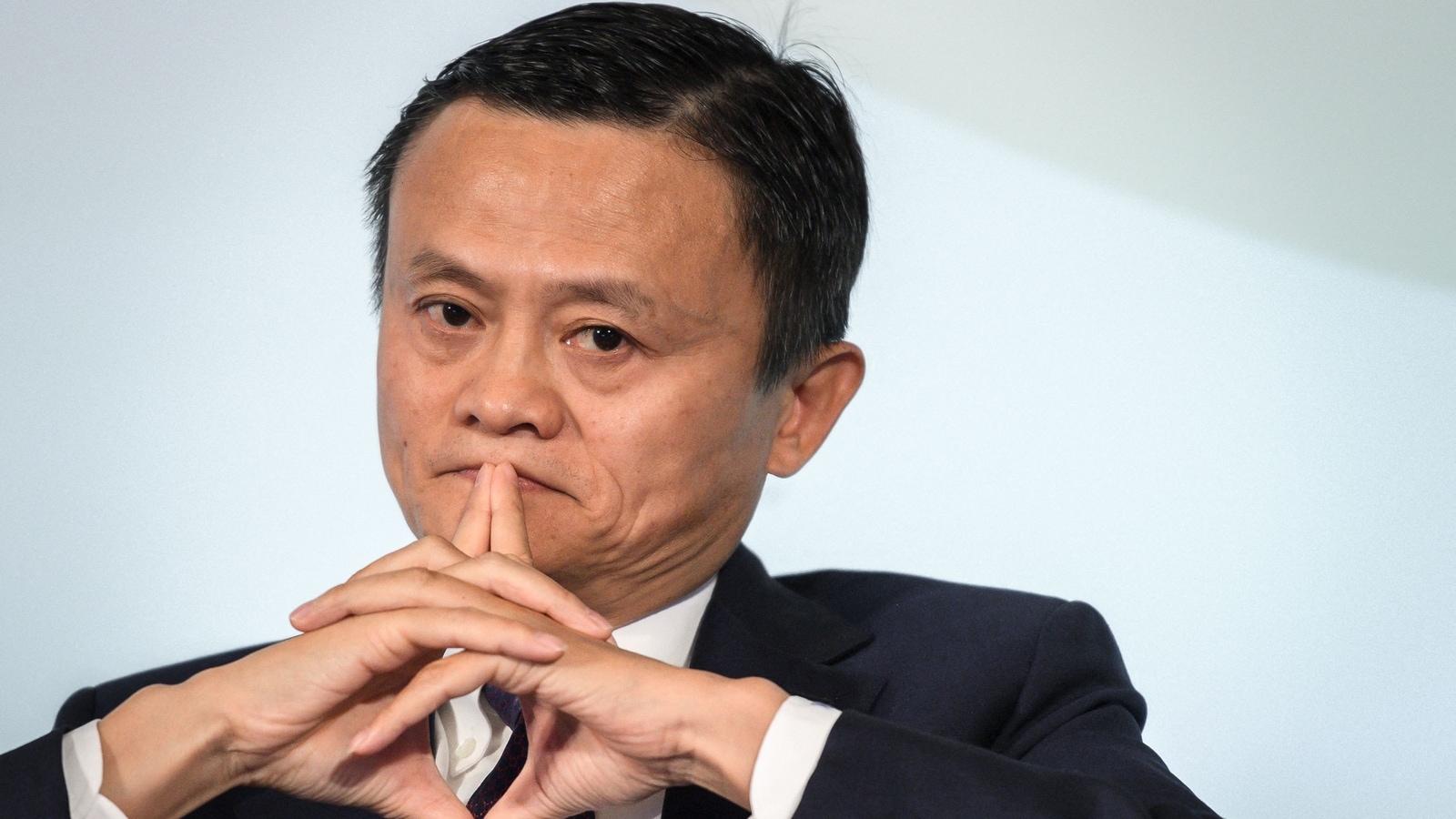Ant Group Co. finished a procedure to remove controlling stakeholders almost a year after billionaire Jack Ma promised to cede his dominance of the Chinese finance giant. As part of the process, the People’s Bank of China granted an application to remove any controlling shareholders at Ant’s Chinese payment platform Alipay, according to a statement from the central bank. The bank now lists Ant’s Alipay as a firm without an actual controller.
Ma, co-founder of Alibaba Group Holding Ltd., announced his retreat from Ant earlier this year in one of a number of moves aimed at appeasing Chinese regulators. In January, the finance company said 10 individuals, including management and staff, would be offered voting rights that would effectively remove the billionaire’s control. The adjustments will not change economic interests of any shareholders.
The change of status with the PBOC will not affect the company’s day-to-day business operations, an Ant spokesperson said in response to the central bank’s statement.
Alibaba Ousts Commerce Chief, Splits Assets in New Shakeup
Alibaba Group Holding Ltd. replaced one of its most experienced executives at the helm of e-commerce and plans to create a firm to oversee its investment assets around the world, the latest in a series of sweeping changes to roil the once-dominant Chinese online juggernaut.
Chief Executive Officer Eddie Wu will replace Trudy Dai, one of an inner circle of partners present when Jack Ma founded the company in 1999, as head of the division that runs Alibaba’s main Chinese e-commerce platforms Tmall and Taobao. Dai will instead help set up an entity to manage some of its vast portfolio of assets around the world. Alibaba, whose investments include stakes in startups as well as businesses from entertainment to physical retail, described that entity as overseeing the company’s non-core assets without elaborating.
Alibaba’s shares closed 2.7% higher in Hong Kong on Wednesday.
The surprise decision comes as Alibaba strives to rejuvenate a company after a series of mis-steps and regulatory scrutiny has eroded its market dominance in past years. Dai’s departure marks the latest shakeup at the Chinese corporate icon, which has endured post-Covid consumption volatility, a bruising years-long government crackdown and — most recently — the surprise ascent of rivals including PDD Holdings Inc. and ByteDance Ltd.
Wu, who himself took over Alibaba just months ago, intends to cultivate new managers to steer his firm for the longer term. The decisions for now may reflect a desire to take direct control of under-performing divisions, while exploring sales of businesses considered less essential to the main cloud, retail and logistics divisions.
“Alibaba wants to go into battle with a light pack, and this is a way to handle a lot of its more burdensome and non-core businesses,” said Li Chengdong, head of the Beijing-based Internet think tank Haitun. “These hinder the overall competitiveness and flexibility of the company.”
Once the most valuable company in China, Alibaba has fallen behind games and social media leader Tencent Holdings Ltd. It lost its position as China’s most valuable e-commerce operator to eight-year-old upstart PDD, which has far outstripped Alibaba’s growth with the help of hit shopping app Temu.
Ma, arguably China’s most famous entrepreneur, in November broke years of silence to issue a call to arms for employees, following years of brutal government punishment and a series of volatile decisions in 2023.
Earlier this year, the company unveiled a plan to split itself into six parts — then walked back that plan while ejecting former CEO Daniel Zhang. It scrapped a spinoff of its $11 billion cloud division that some investors wanted, declaring that the company needed a “reset.”
“We must confront our past and change ourselves for the future,” Alibaba Chairman Joseph Tsai said in an internal memo announcing the latest changes to employees on Wednesday. “Soon, we will empower a new cohort of management leaders who have developed fundamental skillsets and experience from the bottom up.”
Alibaba is now bent on clawing back lost ground and investing anew in cloud and e-commerce — its two biggest businesses.
“A threatened e-commerce business is a problem for the whole company,” said Jeffrey Towson, a partner at TechMoat Consulting. “They need a wartime CEO for e-commerce.”
With Wu at the helm of both core businesses, he will be expected to carry out broader restructuring while seeking out younger talent to take the lead. In his first letter to employees in September, Wu said the company wants its core leadership team to be younger, including by promoting those born after 1985.
Executives have also talked about the need to review their investment portfolio to identify and create value from Alibaba’s assets. Dai is one of its most influential leaders, an engineer by training who around 2022 took over the management of Taobao and Tmall. The Chinese e-commerce division accounted for more than 40% of overall revenue this year.
Alibaba in November reported better-than-expected revenue, driven by its overseas business as well as the logistics arm Cainiao.
It’s unclear however what the company intends to do with more peripheral operations and which ones will be folded into the holding company, which is supervised by a committee under Tsai. Those include video service Youku Tudou or its InTime department store chain, Li said.
“This is another big step to reverse Alibaba’s previous plan to split up under Daniel Zhang. Now Wu will take control of the group, cloud and Taobao-Tmall, with more consolidation of power to the group level,” said Willer Chen, research analyst at Forsyth Barr Asia. “There could be more sales of non-core assets looking ahead.”

















